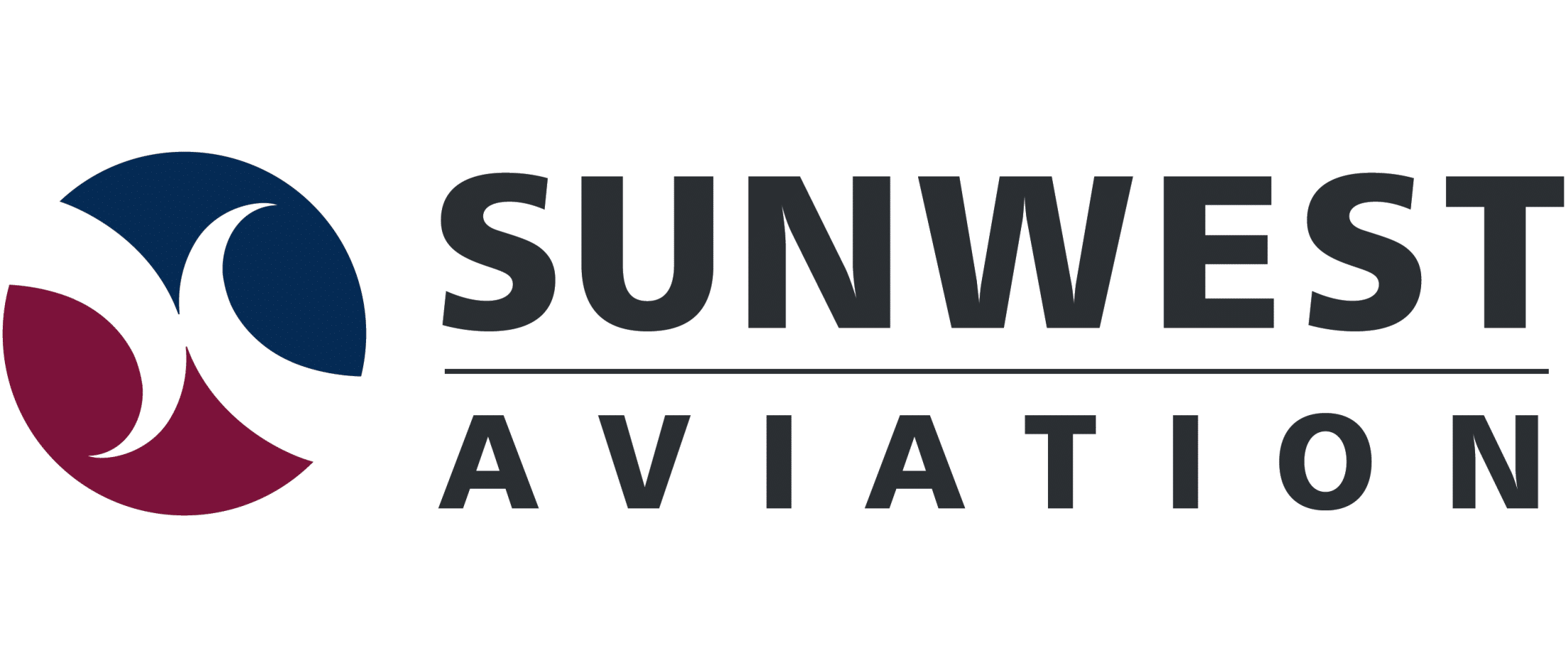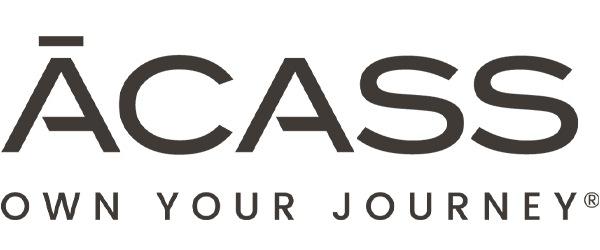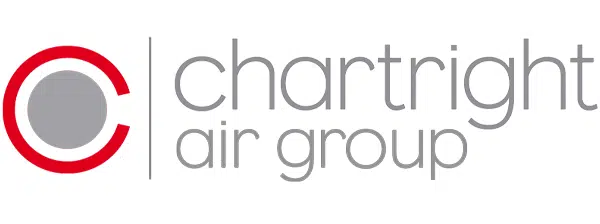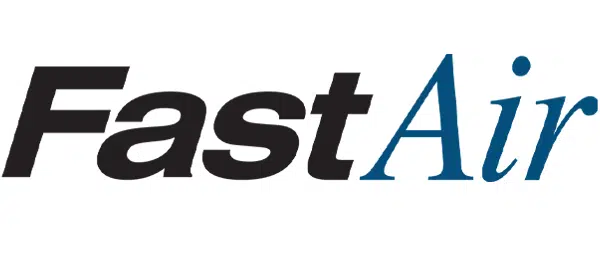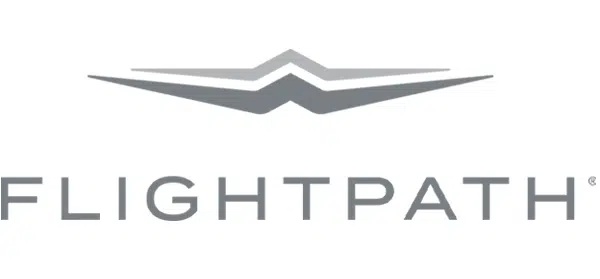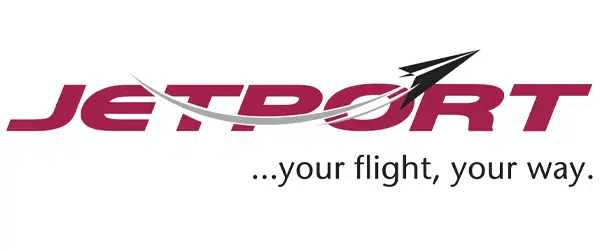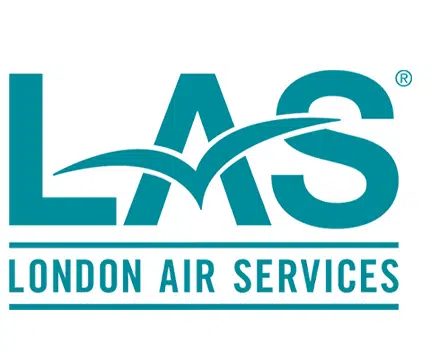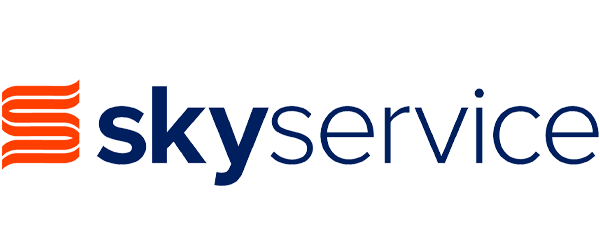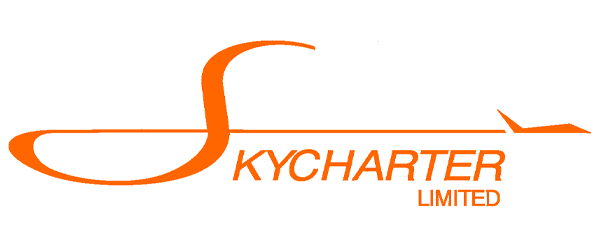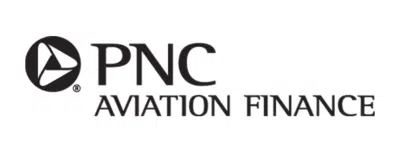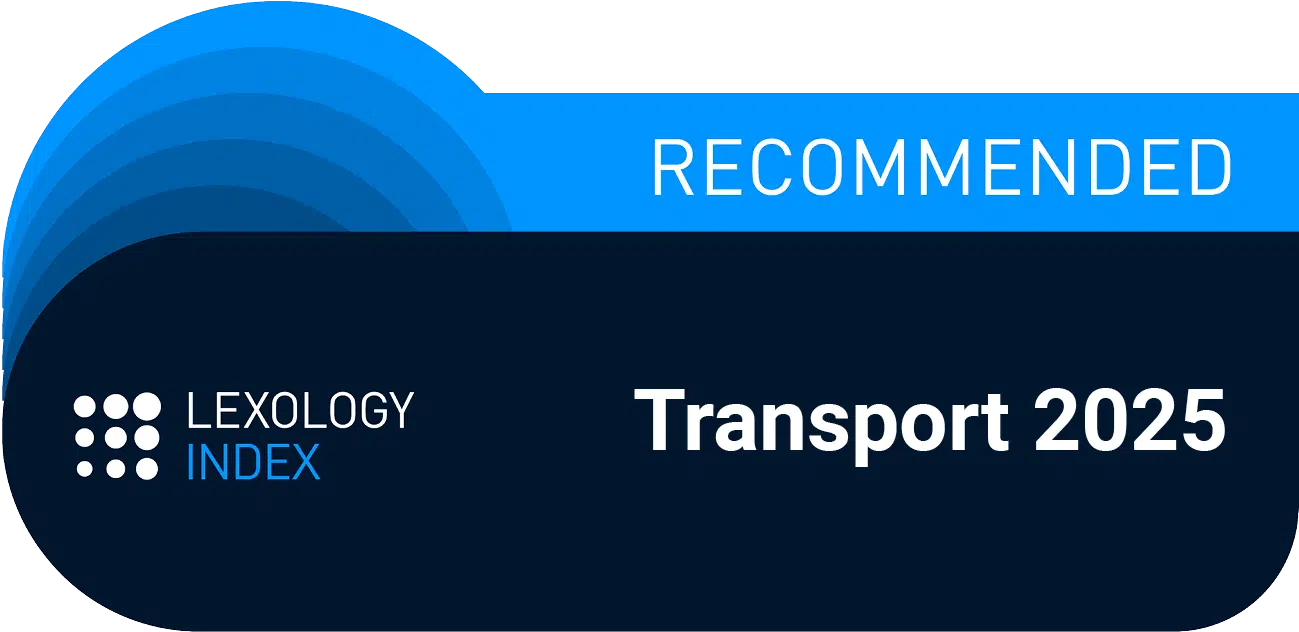The Importance of Pre-Purchase Inspections in Aircraft Transactions
In any aircraft transaction, whether you’re buying or selling a business jet, turboprop, or commercial airliner, a pre-purchase inspection (PPI) is a crucial step in the aircraft transaction management process. These inspections help uncover hidden issues that could impact the aircraft’s airworthiness, operability, or market value. More importantly, a structured inspection process—clearly defined in your Aircraft Purchase Agreement (APA)—helps reduce the risk of costly disputes down the line.
More Than Just Airworthiness
While confirming basic airworthiness is a core part of any inspection, a comprehensive PPI offers much more. It allows buyers to evaluate the functionality of onboard systems, instruments, and equipment, as well as assess the cosmetic condition of the aircraft. In a high-stakes aircraft transaction, these factors can influence both the negotiation and the final purchase price.
Don’t Overlook the Documentation
An essential, and often underestimated, part of any PPI is the review of the aircraft’s documentation. Experienced aircraft transaction lawyers will tell you that incomplete or inconsistent records can derail a deal—or worse, lead to compliance and registration issues later. The documentation review typically includes:
- Maintenance logs and service history
- Compliance with airworthiness directives
- Service bulletins and modification records
- Engine and component overhaul reports
- Flight time and usage logs
Proper documentation isn’t just about paperwork—it’s evidence of how the aircraft has been operated and maintained. A thorough legal and technical review ensures no surprises after closing.
Addressing Inspection Results in the APA
One of the core responsibilities of an aircraft transaction attorney is ensuring that the APA clearly outlines how PPI results will be handled. This includes:
- Designating the inspection facility and technician
- Defining the inspection scope—whether based on OEM standards or a custom checklist
- Allocating responsibility for repairs and discrepancies
Generally, the buyer covers inspection costs, while the seller may be responsible for correcting discrepancies, especially those related to airworthiness. Whether the seller must address cosmetic issues should be explicitly stated in the APA to avoid ambiguity.
Why Legal Guidance Matters in Aircraft Transactions
Pre-purchase inspections are not just a technical safeguard—they’re a legal one. In any aircraft transaction, the inspection process should be supported by strong contractual language. Engaging an experienced aircraft transaction lawyer early—ideally during the LOI stage—can help structure the deal properly from day one. At YYZlaw, our aircraft transaction attorneys work alongside your technical team to ensure that every element of your transaction is aligned with your interests.
Conclusion
From the first conversation to the final signature, a successful aircraft transaction relies on informed decisions, thorough inspections, and airtight agreements. Whether you’re buying or selling, our team at YYZlaw is here to guide you through every stage with precision and clarity.
Explore more: For a deeper dive into key contract clauses and legal strategies in aircraft sales, check out our related articles below.
- Negotiability of APU
- Navigating Spare Parts in Aircraft Purchase Agreements
- MSP Agreements in Aircraft Purchase Transactions










